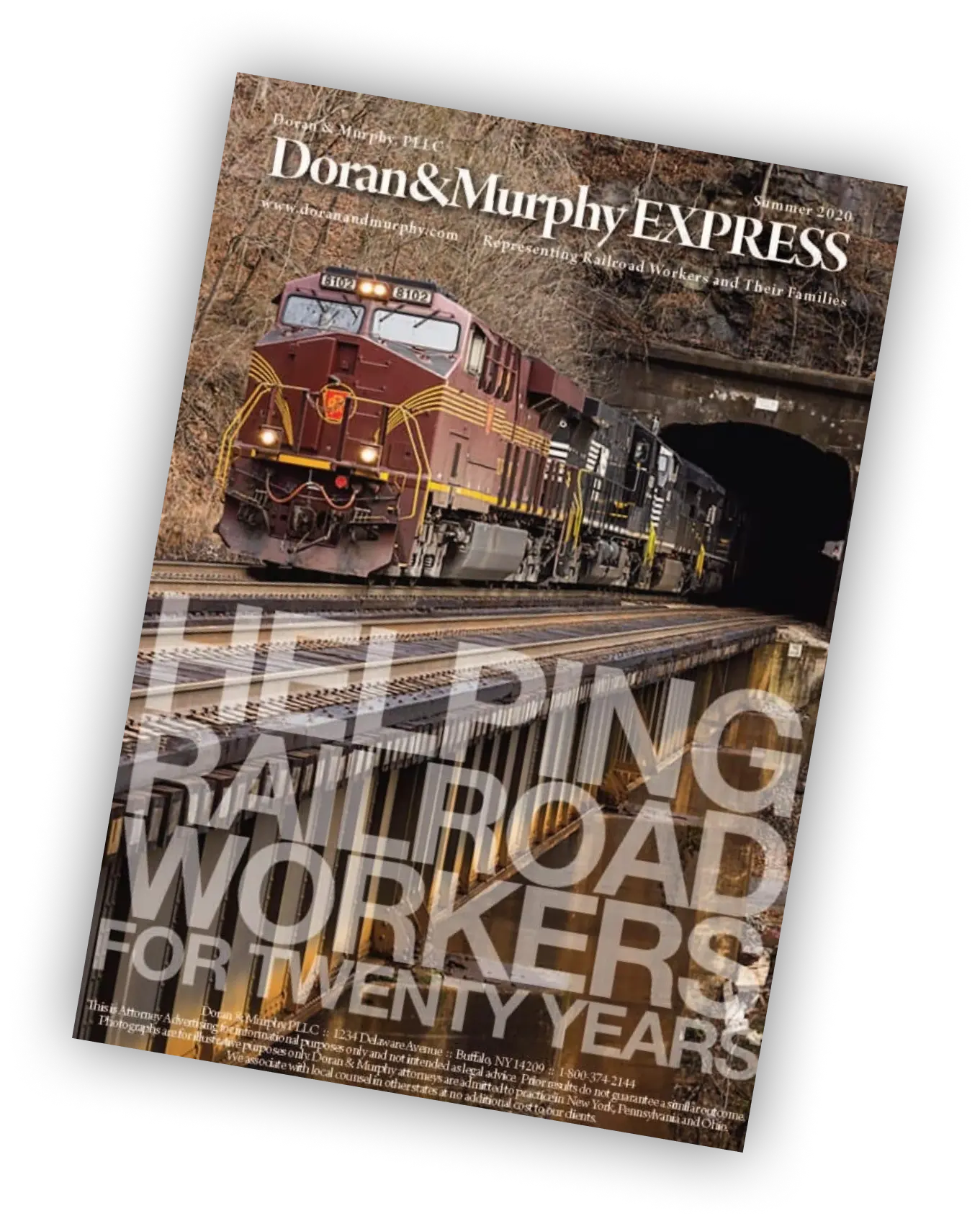
Injured railroad workers are covered by a special federal statute known as the Federal Employers’ Liability Act (FELA). Many railroad workers do not realize the difference between the FELA and state worker compensation statutes until after they get hurt on the job. Under state worker compensation laws, workers are entitled to compensation when they get hurt on the job, regardless of whether their employer is at fault. These laws are much different from the FELA which requires that the injured railroad worker prove that his or her railroad employer was negligent, in other words, that they failed to provide a reasonably safe place to work. So how does a worker prove that a railroad is at fault?
The United States Supreme Court noted in a famous railroad case known as Rogers v. Missouri Pacific Railroad that a railroad is liable to an injured worker if its actions “played any part, even the slightest, in producing the injury.” Thankfully there are literally thousands of written court decisions to guide experienced lawyers in establishing railroad negligence. Railroads have been found negligent by not providing certain tools or equipment to workers to properly do their job; by not warning workers of risks inherent in their job; by not keeping the floors of railroad shops and facilities free of oil, debris or any slipping/tripping hazards; by not providing enough manpower to safely complete a task; by not properly maintaining tools and equipment; and by countless other ways.
It is also important to know that in certain situations it is not necessary for railroad workers to establish negligence to be entitled to compensation from the railroad for workplace injuries. For instance, if a railroad worker is injured as a result of any railroad violation of the Safety Appliance Act or the Locomotive Inspection Act, the railroad is responsible even in the absence of any wrongdoing or fault. These two sister statutes of the FELA can impose “absolute liability” on the railroad. This means that even if the railroad worker is partially at fault in causing an injury, a full recovery can be made against the railroad without any reduction for the comparative negligence on the part of the injured employee.
The Safety Appliance Act is violated when a worker is injured as a result of a defective “safety appliance” such as a handbrake, cut lever, knuckle, coupling device, sill step, or ladder. Under this statute, the appliance can be defective under the law even if no “defect” is found after an injury so long as the appliance fails to function as intended at the time of the injury.
The Locomotive Inspection Act is violated if the locomotive or any of its parts are not “in proper condition and safe to operate without unnecessary danger of personal injury” (49 U.S. Code § 20701). This statute is also violated if any of the regulations governing locomotives that are “in use” are not adhered to. For instance, certain locomotive regulations make railroads responsible for any slipping or tripping hazards in locomotive cabs or walkways that cause injury. Similarly, a railroad is liable to any railroad worker who suffers from cancer or lung injury as a result of any diesel exhaust fumes present in locomotive cabs under certain circumstances. Importantly, in this situation a railroad worker’s smoking would not work to bar or reduce any monetary recovery because this is an absolute liability statute, making the railroad 100% at fault for causing the injury.
Please call the experienced lawyers at the law firm of Doran and Murphy so we can discuss the best way to get you the compensation you deserve. We are here for you and railroad workers everywhere!





